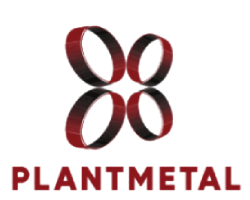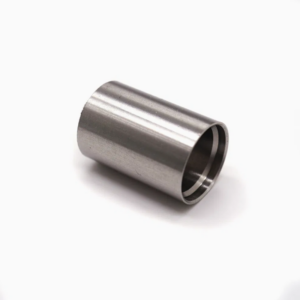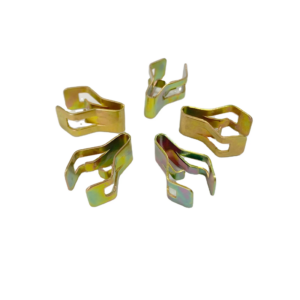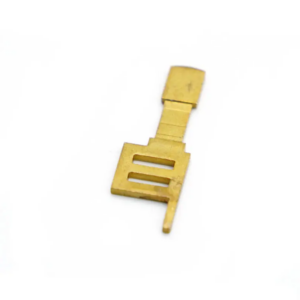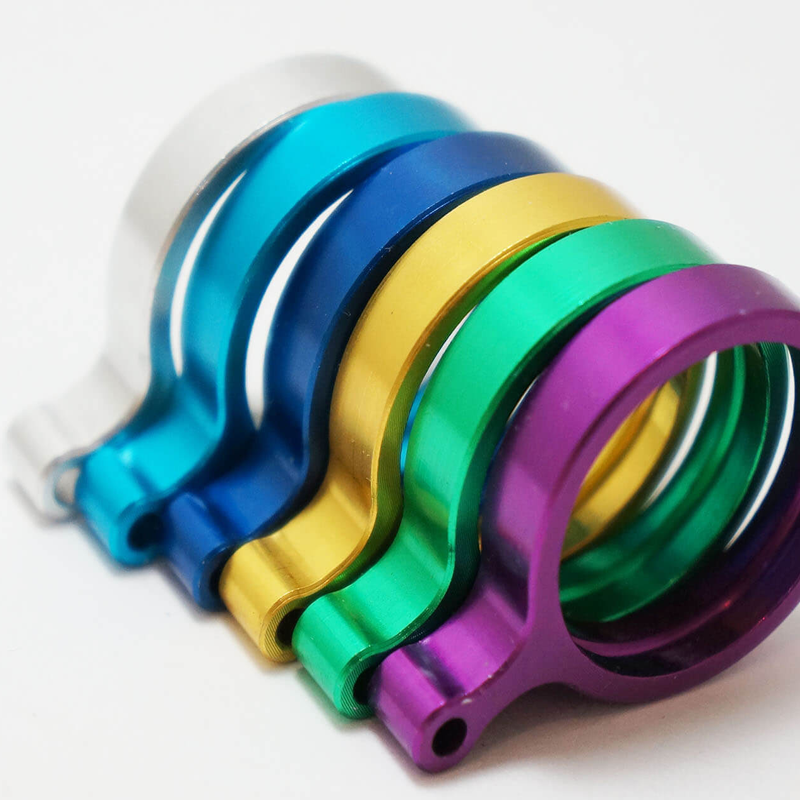At Plantmetal, we understand that the finishing touches make all the difference when it comes to metal components. Metal polishing is more than just an aesthetic step—it’s an essential process that significantly impacts the performance, longevity, and appeal of your products. Whether you’re looking to improve the surface finish, enhance corrosion resistance, or ensure the smoothness of a critical component, metal polishing offers a range of benefits that go far beyond just visual appeal. In this blog, we’ll walk you through the intricacies of metal polishing and explain why it’s crucial for industries ranging from automotive to medical device manufacturing.
What is Metal Polishing?
Metal polishing is a precision finishing process that removes surface imperfections and enhances the overall surface quality of metal parts. This process not only improves the visual appeal of the material but also increases its durability, reduces the likelihood of corrosion, and can even improve its functionality in certain applications.
The metal polishing process involves removing material from the surface through a combination of mechanical, chemical, or electrochemical methods. By smoothing out the outermost layer of metal, polishing results in a shiny, smooth surface, often resembling a mirror-like finish. This process is widely used in industries such as automotive manufacturing, medical equipment production, aerospace, and consumer electronics, where both appearance and performance are of paramount importance.
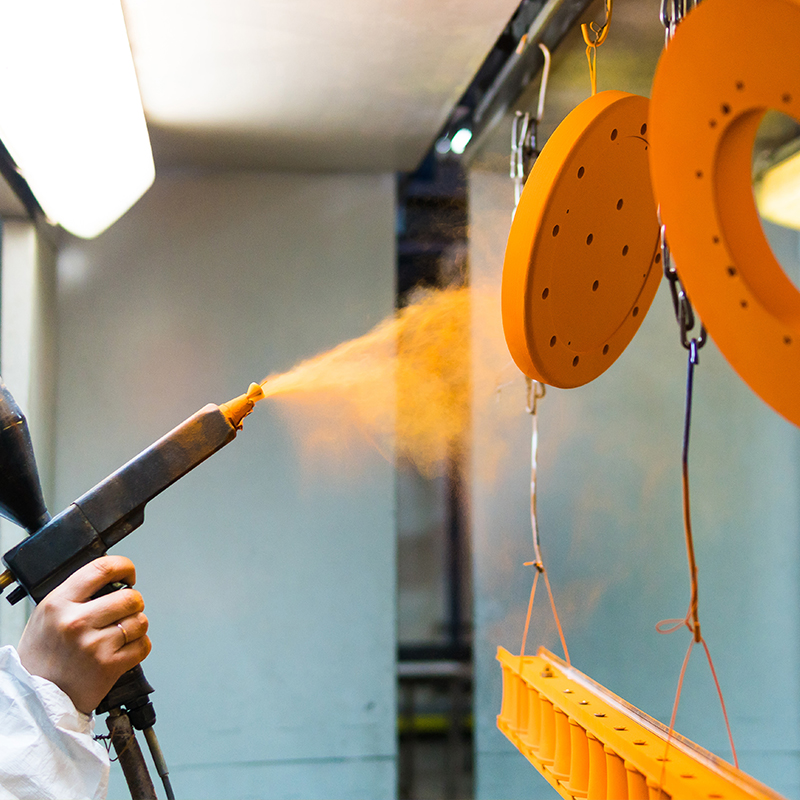
Why is Metal Polishing Important?
Metal polishing is not merely about improving the appearance of metal parts. The benefits extend far beyond aesthetics, offering improvements in various functional properties:
-
Enhanced Aesthetic Appeal
– A polished surface gives a product a high-end, professional look, which is especially important in industries where the visual appeal of the product can influence customer perception. For instance, automotive parts with a shiny, polished finish are often associated with quality and craftsmanship.
-
Improved Corrosion Resistance
– The polishing process removes surface irregularities like pits, scratches, and burrs, which can act as sites for corrosion to begin. A smooth, polished surface is less likely to harbor contaminants such as moisture or dirt, thus enhancing the material’s resistance to environmental factors.
-
Increased Wear Resistance
– A smooth surface results in less friction, which can reduce wear and tear on the part, extending its lifespan. This is particularly important for parts that undergo frequent motion or stress, such as mechanical components or tools.
-
Improved Performance
– Polished surfaces distribute stress more evenly, reducing the likelihood of failure due to fatigue. For high-performance applications like medical devices, the durability and performance of the metal can be significantly improved by polishing.
Types of Metal Polishing Methods
Metal polishing techniques can vary based on the type of finish desired, the material being polished, and the specific application. Below are the primary methods used in metal polishing:
-
Mechanical Polishing
Mechanical polishing is the most common type of polishing, involving physical abrasion to smooth and refine the surface of the metal. This method is used to achieve finishes ranging from matte to mirror-like surfaces.
– Buffing: Buffing uses a soft cloth wheel and fine abrasives to create a high-gloss finish. This method is ideal for finishing small imperfections and achieving a mirror-like shine.
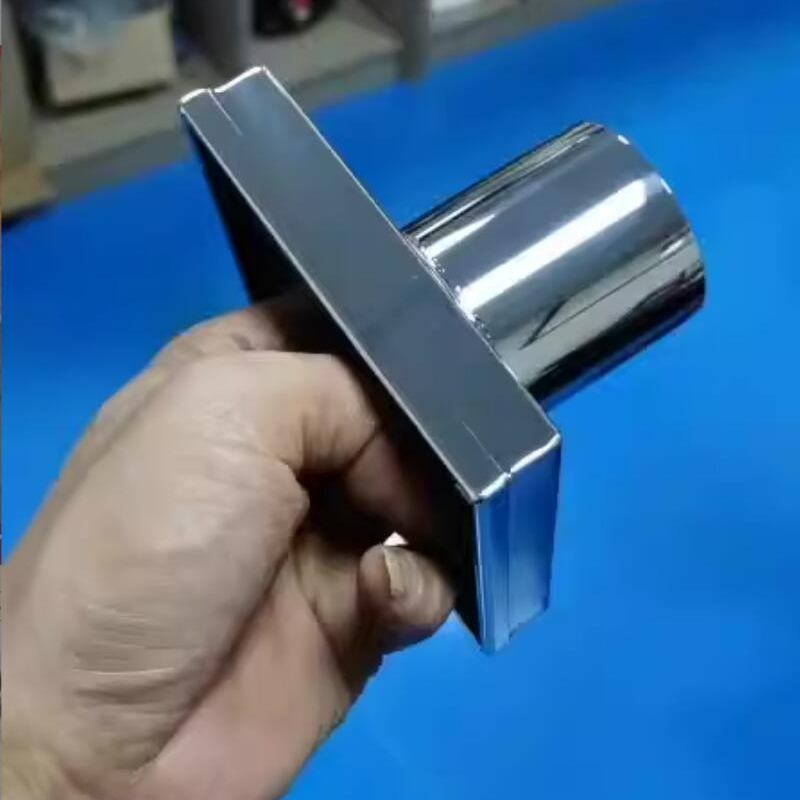
– Grinding: Grinding involves the use of a coarse abrasive wheel to remove larger amounts of material. It’s typically used for shaping, smoothing welds, and preparing surfaces for finer finishing techniques like sanding and buffing.
– Sanding: Sanding is used after grinding to further refine the surface. Finer abrasives help smooth out the scratches and marks left from the previous steps, preparing the metal for a higher-quality finish.
-
Chemical Polishing
Chemical polishing involves using a chemical solution to smooth and brighten the surface of metal parts without the use of abrasives. This technique is often used for parts with intricate shapes or difficult-to-reach areas where mechanical polishing tools cannot be easily applied.
– Process: The metal is immersed in a chemical bath that removes surface material selectively, smoothing uneven surfaces and improving surface brightness.
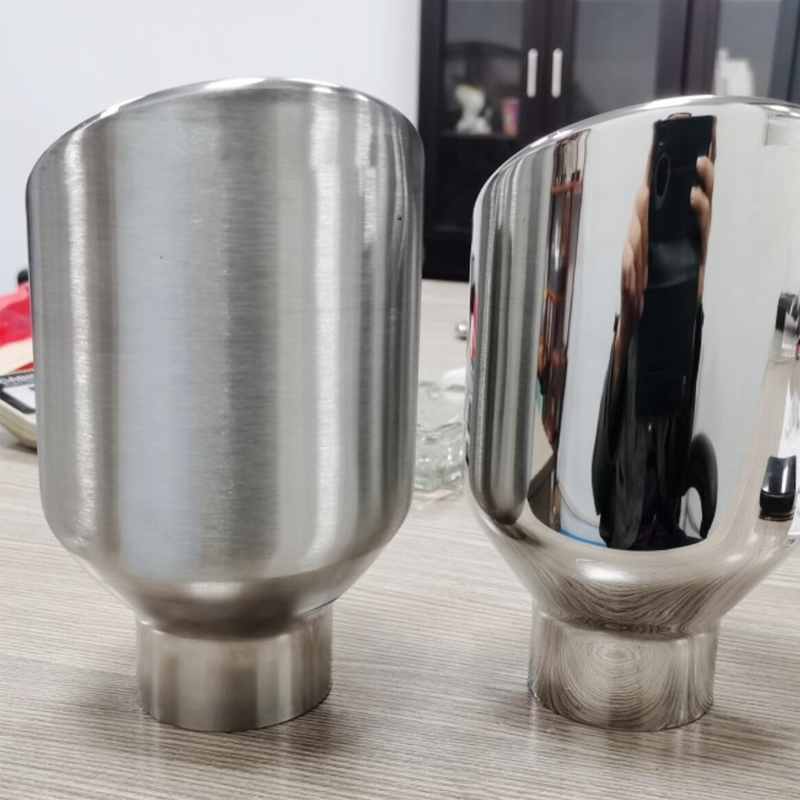
– Advantages: Chemical polishing can create a uniform finish, even on complex geometries. Additionally, it can improve corrosion resistance by removing impurities and stress concentrations from the surface.
-
Electrochemical Polishing (Electropolishing)
Electropolishing is a more advanced technique that combines both electrical and chemical processes to polish the surface of metal parts, especially stainless steel and other alloys. The process involves placing the metal in an electrolytic solution, where an electrical current dissolves the outer layer of the metal, leaving behind a smoother and brighter finish.
– Process: The metal part is placed in a bath with a specialized electrolytic solution. When an electric current is applied, the outer surface of the metal is dissolved, which levels the microscopic peaks and fills in the valleys, resulting in a smooth, reflective finish.
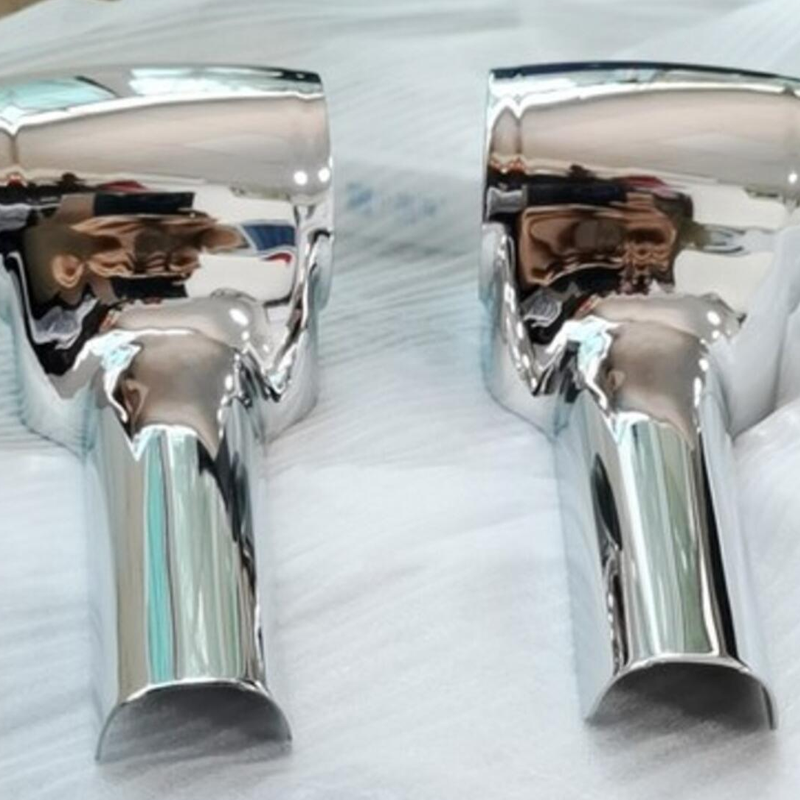
– Advantages: Electropolishing is particularly effective for achieving a high-quality, mirror-like finish and improving corrosion resistance. It also removes surface defects that could cause premature failure in critical applications.
Materials Suitable for Metal Polishing
Different metals respond differently to polishing, depending on their hardness, composition, and intended use. Here’s an overview of some commonly polished materials:
– Aluminum: Lightweight and easy to polish, aluminum can achieve a high-gloss finish, making it ideal for automotive and decorative applications. However, it requires careful handling to avoid scratching.
– Stainless Steel: Known for its corrosion resistance and strength, stainless steel is commonly polished for both aesthetic and functional purposes. It is used in a wide range of applications, from kitchenware to medical equipment.
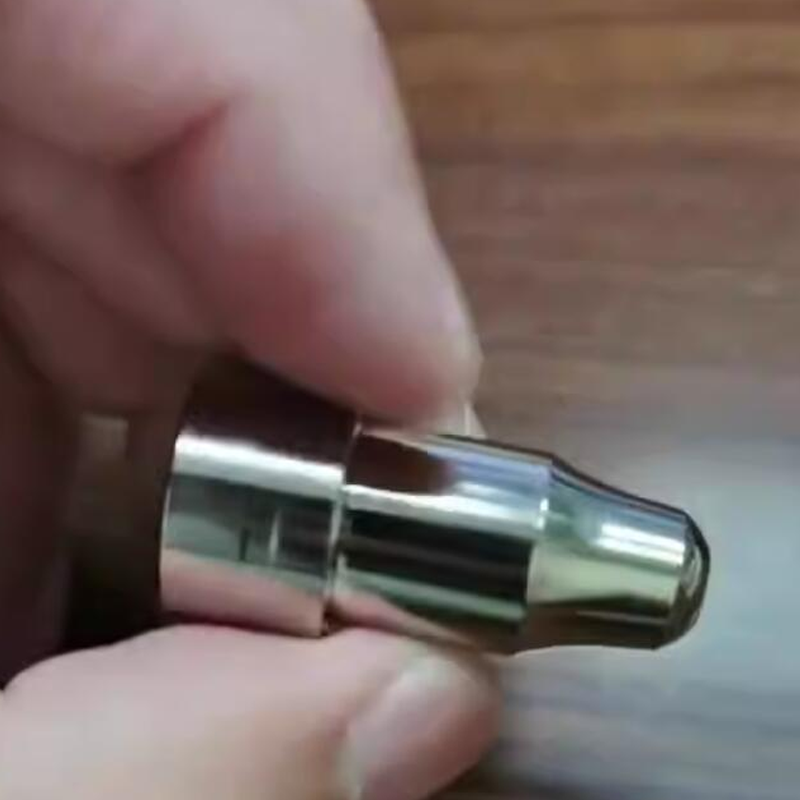
– Brass and Copper: Both metals are soft and easy to polish, achieving a bright, reflective finish that’s desirable in decorative applications. Brass and copper tarnish over time, so polishing is often used to restore their original shine.
– Titanium: Titanium is tough and lightweight but requires specialized polishing techniques like electropolishing. It is commonly used in aerospace and medical applications.
– Precious Metals (Gold, Silver): Polished gold and silver are highly desirable in the jewelry industry, where the sheen and luster of the metal are critical to its appeal.
Polishing Tools and Equipment
The tools used for metal polishing vary depending on the specific technique being employed. Some of the most common tools include:
– Buffing Wheels: These soft wheels are used in combination with polishing compounds to achieve a glossy finish.
– Polishing Compounds: Abrasive materials that help smooth the metal’s surface, ranging from coarse grits for initial smoothing to fine grits for final polishing.

– Grinders and Sanders: These machines are used to remove larger surface imperfections and prepare the metal for finer polishing steps.
– Electrochemical and Chemical Baths: Specialized tanks are used for chemical and electrochemical polishing processes to ensure a uniform and controlled finish.
Conclusion
At Plantmetal, we are committed to providing high-quality metal polishing services tailored to meet your specific needs. Whether you’re looking for a mirror-like finish or enhanced performance through improved surface characteristics, our team of experts is ready to assist you. Contact us today to discuss how we can help you achieve the perfect finish for your metal components. With our advanced techniques and professional equipment, we gu
arantee that your parts will meet the highest industry standards for both aesthetics and performance. Let us help you enhance your product’s durability and visual appeal with our top-notch metal polishing services.
